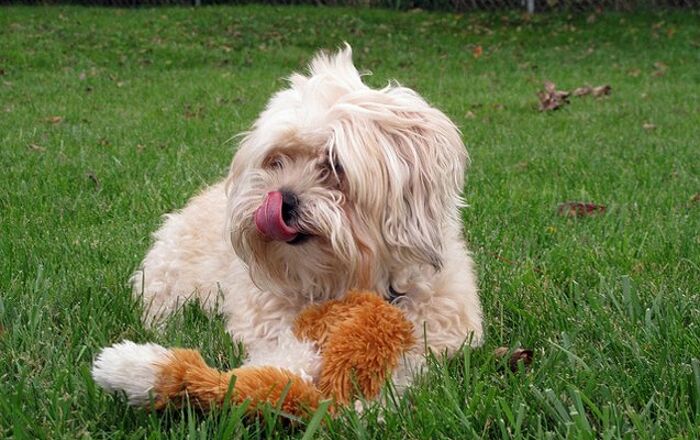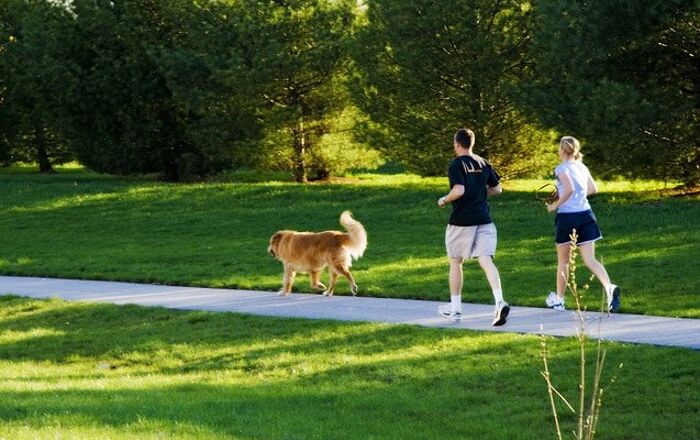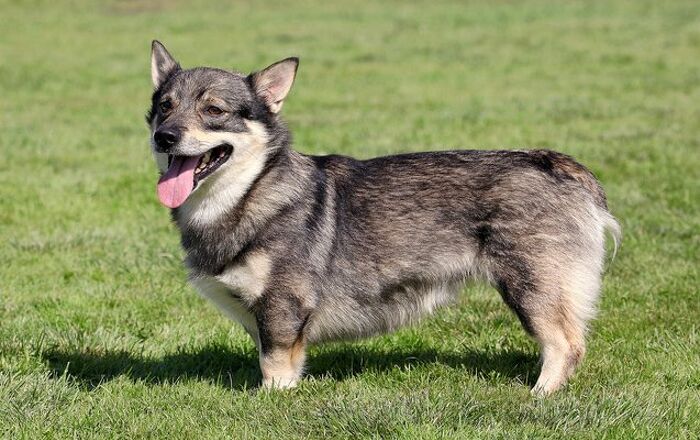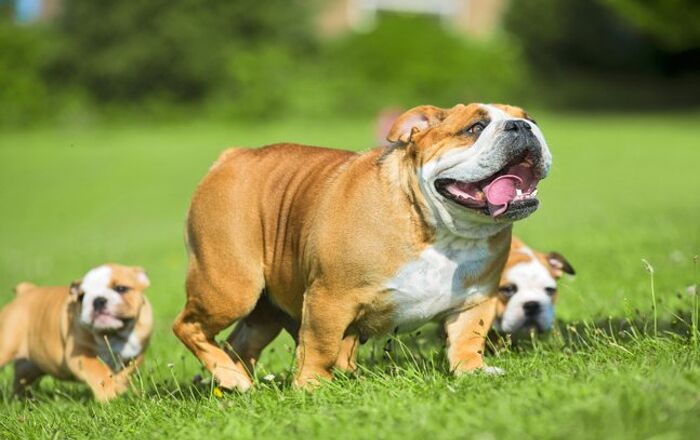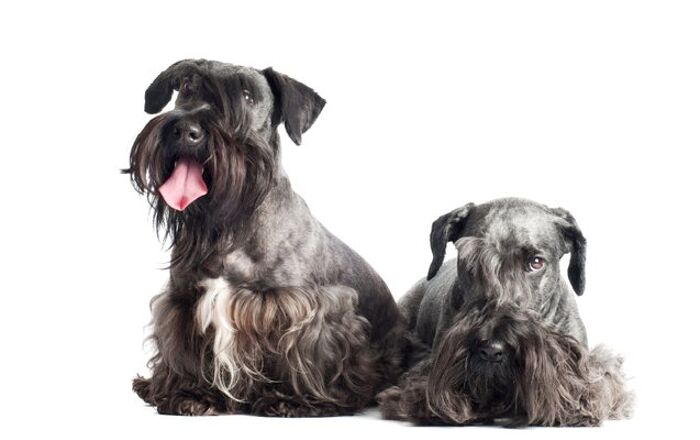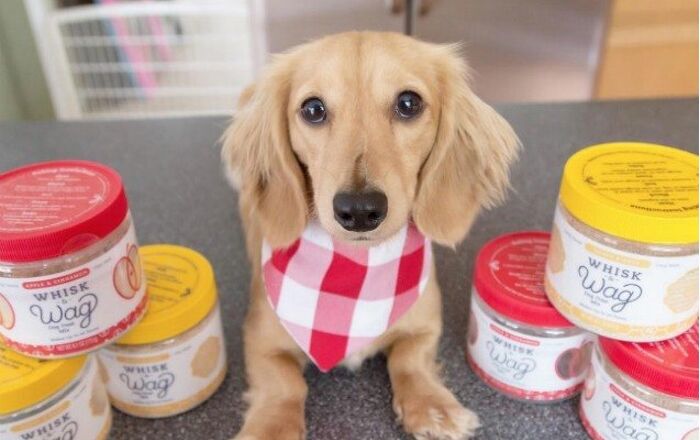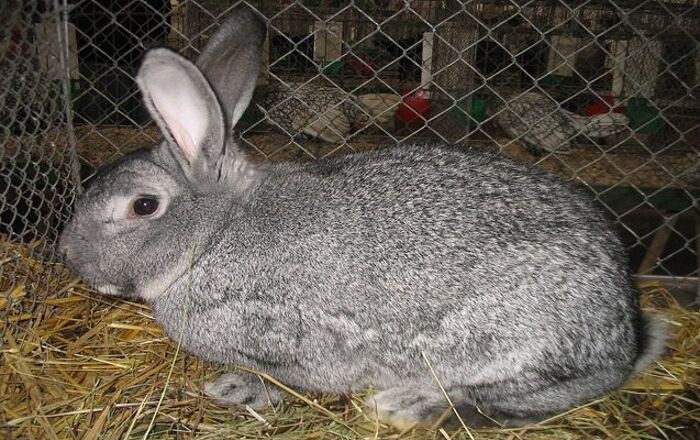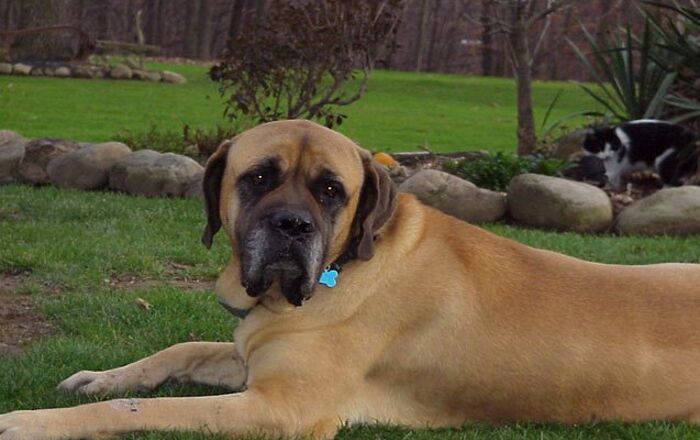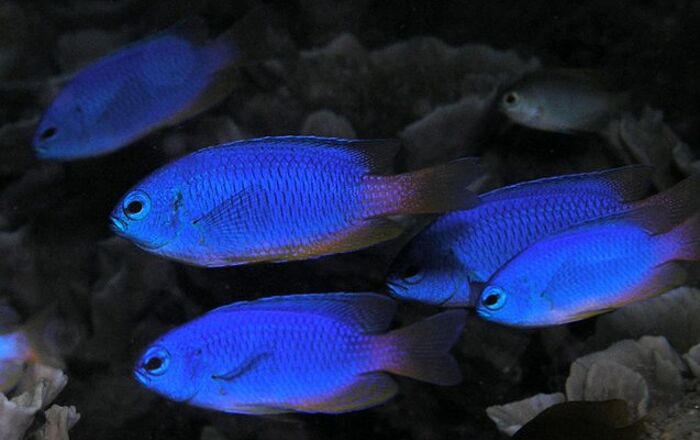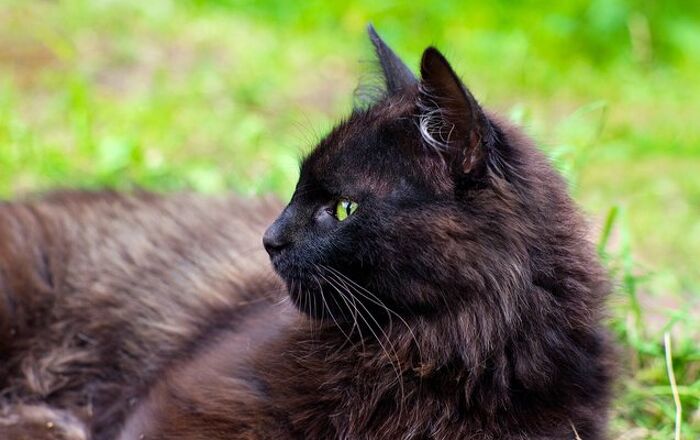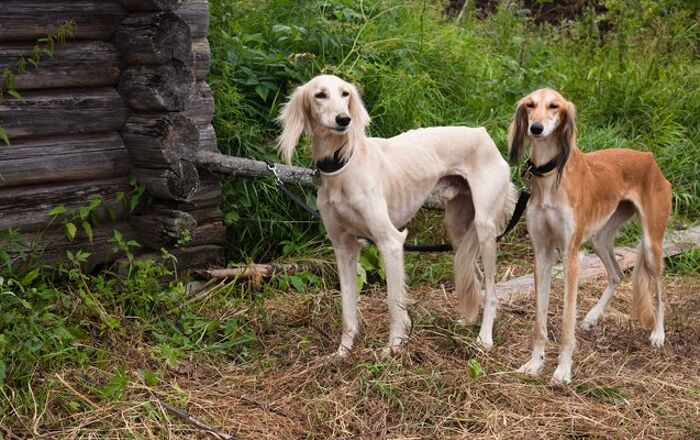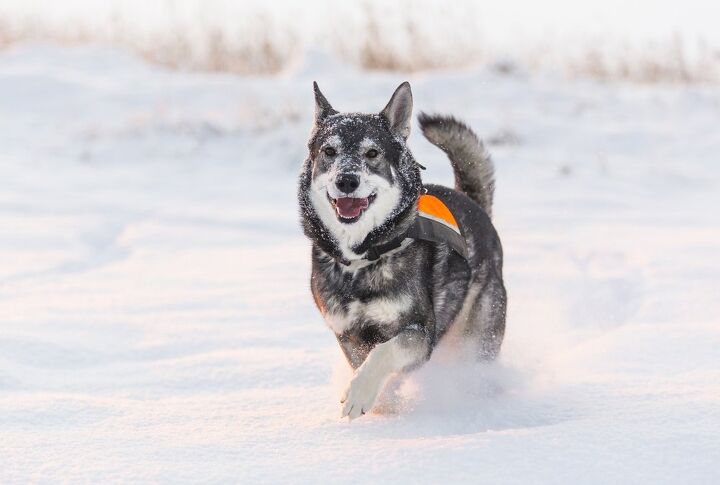
Swedish Elkhound Basics
Also known as the Jämthund and Moosehound, the Swedish Elkhound has a wolf-like appearance with a long tapered snout and a dark gray-and-white body. In fact, this breed of dog was developed to hunt moose so they may share more than just their looks with wild wolves. The Swedish Elkhound is an active and intelligent breed that requires a lot of exercise and attention but, if you are able to dedicate the time, they are a unique and wonderful breed.
The Swedish Elkhound is also known as the Jämthund and the Moosehound.
Origin
The Swedish Elkhound is known to have ancient origins but the exact details of those origins is unknown. The breed is only found in Scandinavia and it is one of several breeds descended from dogs kept by the Sami people, an indigenous Finno-Ugric people who inhabited the Arctic region of northern Sweden, Norway, Finland, and Russia. The Jämthund shares some of its history with the Swedish Lapphund, Finnish Lapphund, Lapponian Herder and the Norwegian Elkhound. In fact, the Swedish Elkhound was shown alongside the Norwegian Elkhound for many years and they were considered different sizes of the same breed – the Norwegian Elkhound is a little smaller with a stockier build. The Swedish Elkhound was recognized as a separate breed in 1946, though it wasn’t accepted by the UKC until 2006.
Pedigree
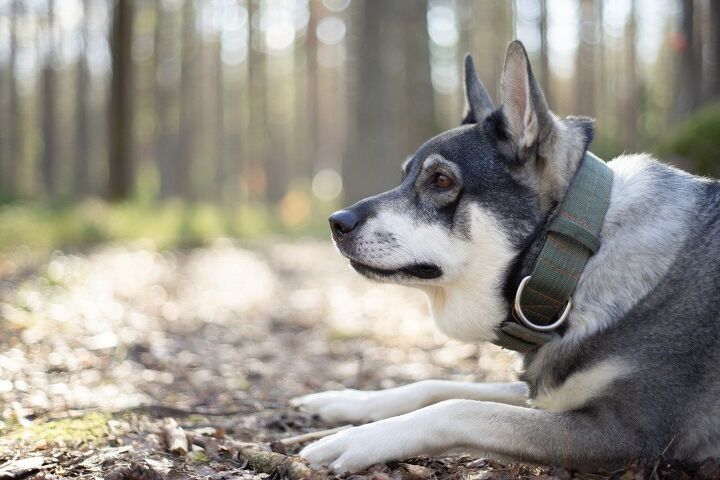
The Swedish Elkhound was developed from ancient Scandinavian breeds and shares much of its ancestry with the Swedish Lapphund, Finnish Lapphund, Lapponian Herder and the Norwegian Elkhound.
Food/Diet
As a medium-sized dog breed, the Swedish Elkhound should be fed a high-quality commercial dog food diet formulated for dogs of its size. Because this breed is a high-energy hunting breed, however, an active or working breed formula may be more appropriate to meet his needs.
The Swedish Elkhound is an intelligent breed and one that is eager to please.
Training
The Swedish Elkhound is an intelligent breed and one that is eager to please, so they generally respond well to training. This breed was developed to hunt, however, so it may develop a bit of a stubborn or independent streak if you aren’t firm and consistent in training. These dogs love having a job to do and they are quick to learn, so positive-reinforcement training methods are generally effective. You do need to start your Jämthund with socialization and training early, however, to prevent him from becoming dominant with other dogs and overly protective around strangers.
Weight
The Swedish Elkhound is a medium-sized breed that stands between 20.5 and 25.5 inches and weighs between 50 and 65 pounds.
Temperament/Behavior
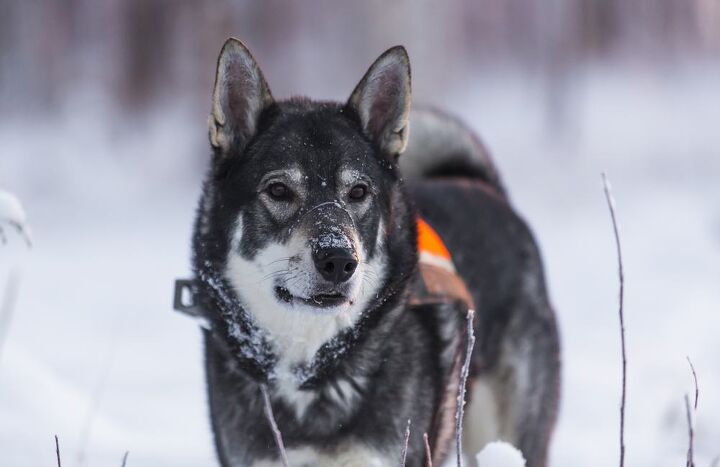
Because the Swedish Elkhound was bred to hunt elk and other large game it can be somewhat independent and a little bit stubborn by nature. These dogs also tend to be dominant toward other dogs and they have a fairly high prey drive so they should be supervised around cats and other household pets. In the home, however, the Swedish Elkhound is calm and affectionate with family and they can do well with children due to their natural protective tendencies. This breed is eager to please but they do need a strong authority figure to create a “pack” mentality at home. The Moosehound also needs plenty of mental stimulation in addition to physical exercise to curb problem behaviors.
Common Health Problems
As an ancient breed, the Swedish Elkhound is fairly health and hardy. Still, all dogs are prone to developing certain health conditions. Some of the conditions known to affect the Swedish Elkhound include hip dysplasia, skin allergies, elbow dysplasia, liver disease, and hearing problems. This breed is also prone to obesity which can increase the risk for other health problems like diabetes and heart disease.
Life Expectancy
The average life expectancy for the Swedish Elkhound is between 12 and 13 years.
Exercise Requirements
The Swedish Elkhound was developed as a hunting breed so it is fairly energetic and has fairly high needs for exercise. This breed requires at least 30 minutes daily of moderate to vigorous exercise and he will appreciate having a fenced yard to run around in.
The Swedish Elkhound is calm and affectionate with family.
AKC
The Swedish Elkhound is not currently recognized by the AKC but it is a member of the Northern Breed Group for the United Kennel Club.
Coat
As a Scandinavian breed, the Swedish Elkhound has a thick double coat. The top coat is long and close-fitting while the undercoat is short and wooly. The fur on the head is shorter than on the neck, chest, back of the legs, and tail. This breed is usually dark in color, often with a white mask and white markings on the neck, chest, belly, legs and tail. Because this dog’s coat is fairly long it requires regular brushing to prevent tangles and to remove dead hair.
Puppies
The average litter size for the Swedish Elkhound is fairly large, sometimes in the 6 to 10 range. These puppies are rambunctious when they are young and they need to be started with socialization and training as early as possible to ensure that they become well-adjusted adults.
Photo credit: Robert Nyholm/Shutterstock; Dukeyoforebro/Shutterstock

